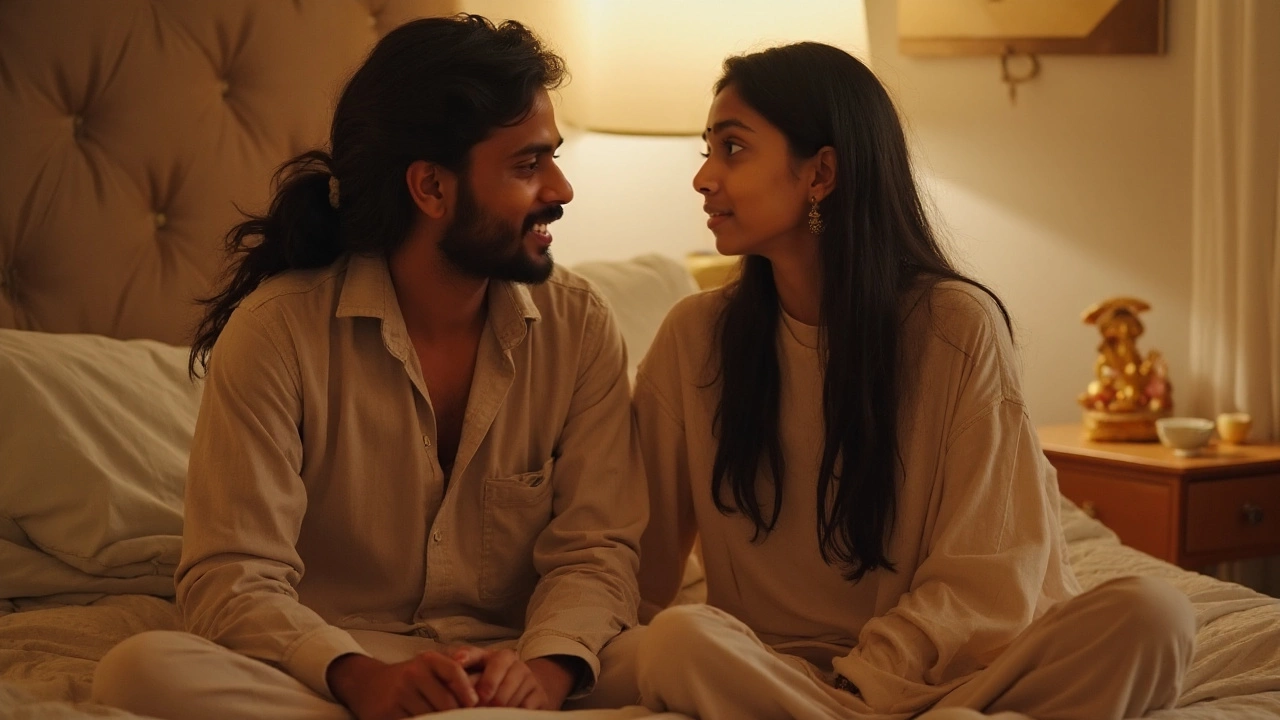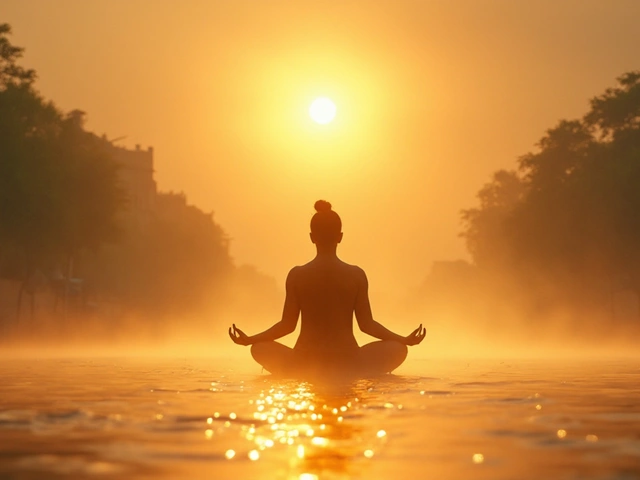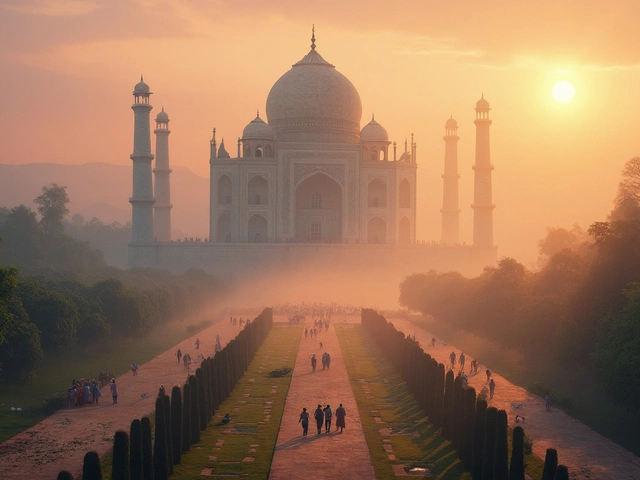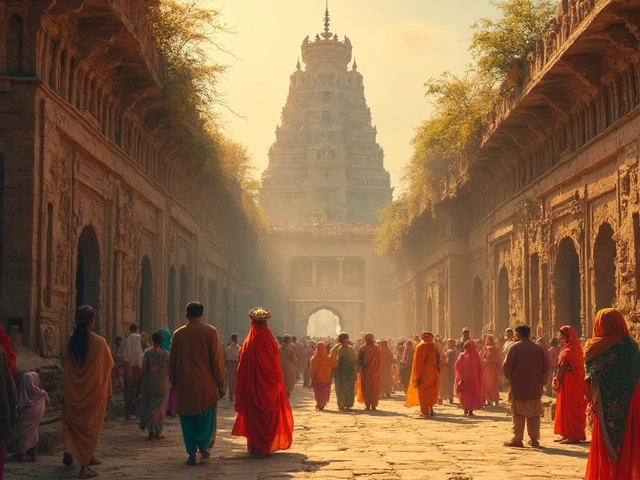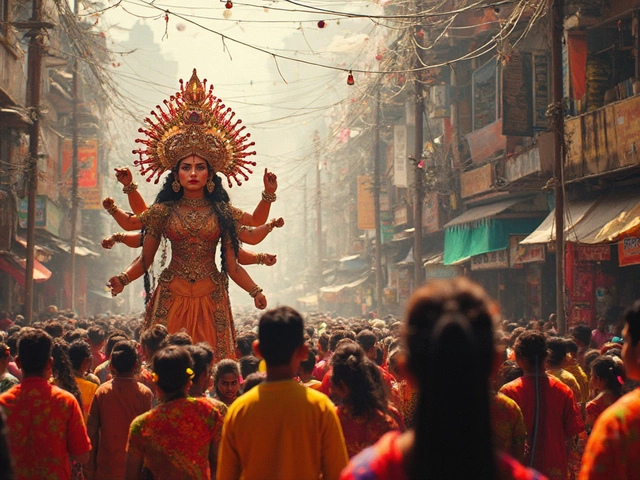Hindu Marriage Traditions: Rituals, Customs, and Modern Practices
When you think of a Hindu marriage tradition, a sacred, multi-day ceremony rooted in Vedic rituals that unites two families as much as two individuals. Also known as Vivaha, it’s not just a wedding—it’s a spiritual contract guided by ancient texts, community roles, and symbolic acts passed down for thousands of years. Unlike Western weddings that often focus on the couple alone, Hindu marriage traditions place equal weight on family, ancestors, and divine blessings. The ceremony doesn’t begin with "I do"—it starts with Mangal Phere, the seven circumambulations around the sacred fire, each representing a vow for life, prosperity, and mutual respect. These aren’t just steps in a script; they’re living expressions of dharma, or duty, that still guide millions today.
Behind every Hindu wedding are layers of customs that vary by region, caste, and family. In North India, the Sangeet, a lively pre-wedding night of music and dance, often involves the whole neighborhood. In South India, the Kanyadaan, the moment when the bride’s parents give her away, is performed with deep emotional solemnity, often accompanied by Vedic chants. Meanwhile, in Gujarat and Rajasthan, the Mehendi, the intricate henna application on the bride’s hands and feet, is more than decoration—it’s believed to bring luck and ward off evil. These aren’t random traditions. They’re intentional rituals that connect the present to the past, and the individual to the community.
Even as modern life speeds up, these traditions hold strong. You’ll still see families hiring pandits to recite mantras, brides wearing red and gold saris passed down for generations, and grooms arriving on horseback—even in cities like Bangalore or Pune. But change is happening too. Couples now blend traditions: a South Indian bride might wear a lehenga, or a North Indian groom might skip the turban for a suit. What stays constant is the meaning behind each act—the fire as witness, the rice as abundance, the sindoor as commitment. Whether you’re attending your first Hindu wedding or planning your own, understanding these traditions helps you see beyond the colors and music. You’re witnessing a culture that values continuity, respect, and sacred connection. Below, you’ll find real stories, regional differences, and practical insights into how these traditions are lived today—not just remembered.
